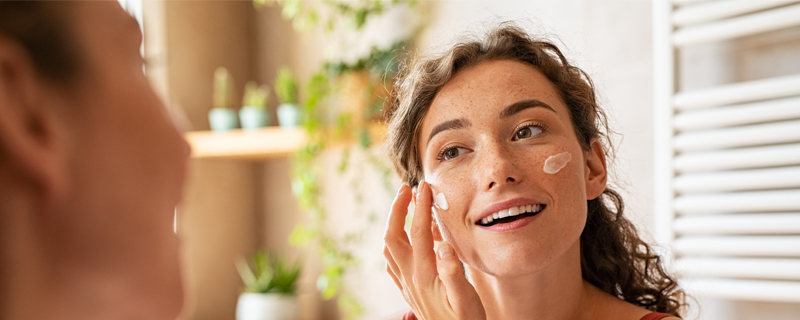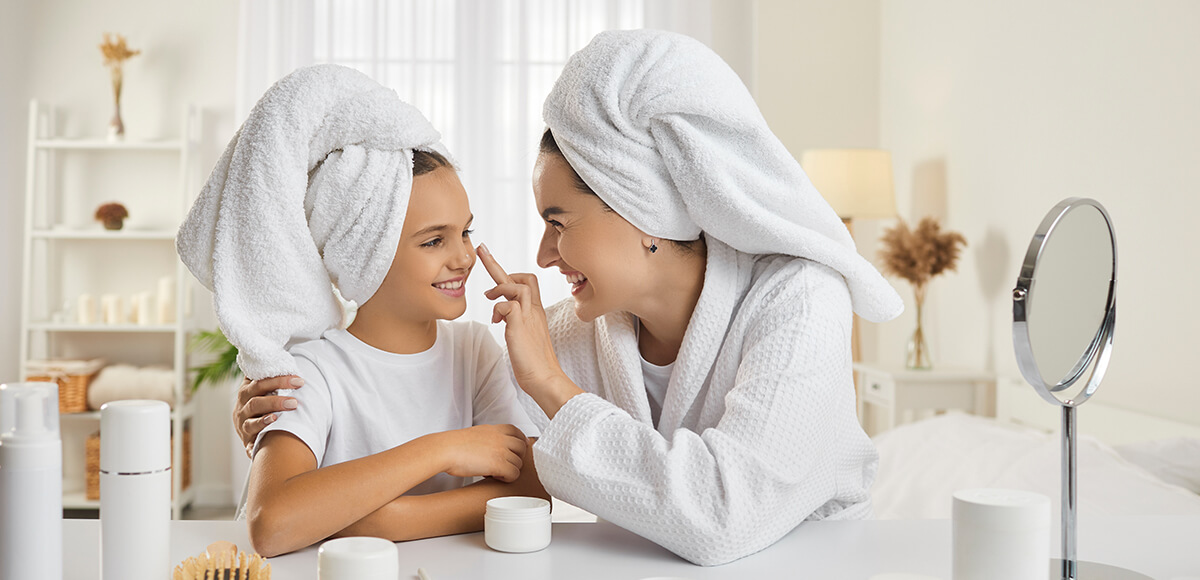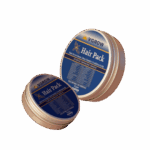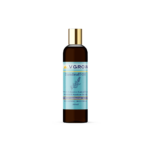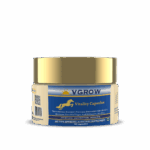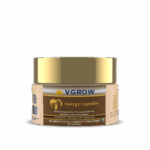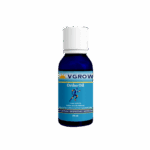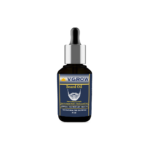No products added!
Transitioning to a chemical-free lifestyle is a transformative journey that prioritizes health, well-being, and environmental sustainability. By reducing exposure to harmful substances in our daily lives, we can create a safer and more harmonious living environment. This guide outlines practical steps to help you embark on this path, offering insights into making informed choices for a toxin-free existence.
Chemical-free living involves minimizing or eliminating the use of synthetic chemicals in various aspects of daily life, including household products, personal care items, and dietary choices. The goal is to reduce exposure to potentially harmful substances that can affect health and the environment. It’s important to note that while complete elimination of all chemicals is challenging, making conscious decisions to limit exposure can lead to significant benefits.
Understanding Chemical-Free Living


Steps to Transition Towards a Chemical-Free Life
1. Assess and Educate Yourself
Begin by evaluating the products you currently use and identifying those that contain harmful chemicals. Educate yourself on common toxic ingredients found in everyday items. Resources like the Environmental Working Group’s (EWG) Skin Deep database can help you understand product toxicity ratings and guide you toward healthier alternatives.
2. Replace Products Gradually
Avoid the urge to overhaul all your products at once, as this can be overwhelming and costly. Instead, prioritize and replace items as they run out. Focus on products that have the most direct impact on your health, such as those applied to your skin or used in food preparation.MomLifeHappyLife
3. Choose Natural Personal Care Items
Opt for personal care products made with natural, organic ingredients free from synthetic fragrances, parabens, and sulfates. Look for certifications or labels indicating the product’s commitment to non-toxic formulations.GreenWashing Index
4. Adopt Non-Toxic Cleaning Practices
Switch to cleaning products that are free from harsh chemicals like ammonia and chlorine, which can cause respiratory and skin irritation. Consider using eco-friendly alternatives or making your own cleaners using simple ingredients like vinegar, baking soda, and essential oils. This not only reduces chemical exposure but also minimizes environmental impact.The Guardian
5. Use Safe Cookware and Storage Solutions
Replace non-stick cookware, which can release harmful chemicals when overheated, with safer alternatives like stainless steel or cast iron. Use glass or stainless steel containers for food storage to avoid chemicals leaching from plastics.
6. Improve Indoor Air Quality
Enhance your home’s air quality by incorporating air-purifying plants and using air purifiers. Regularly ventilate your living spaces to reduce indoor pollutants. Be mindful of products that release volatile organic compounds (VOCs), such as certain paints and furnishings, and opt for low-VOC options when possible.
7. Be Mindful of Fragrances
Synthetic fragrances in products like air fresheners, candles, and personal care items can contain numerous undisclosed chemicals. Choose fragrance-free or naturally scented products to minimize exposure.EatingWell+2architecturaldigest.com+2Reddit+2
Benefits of Embracing a Chemical-Free Lifestyle
Healthier Living Environment: Reducing chemical exposure can lead to improved respiratory health, fewer allergic reactions, and overall enhanced well-being.
Environmental Impact: Using eco-friendly products decreases pollution and reduces your carbon footprint, contributing to a healthier planet.
Cost Savings: Making your own cleaning products and choosing multi-purpose natural items can be more economical in the long run.The Guardian
Shifting towards a chemical-free lifestyle is a gradual process that involves making informed choices and adopting healthier habits. By assessing your current practices, educating yourself on safer alternatives, and implementing changes step by step, you can create a living environment that supports your health and aligns with sustainable principles. Remember, every small change contributes to a larger impact on your well-being and the world around you.

